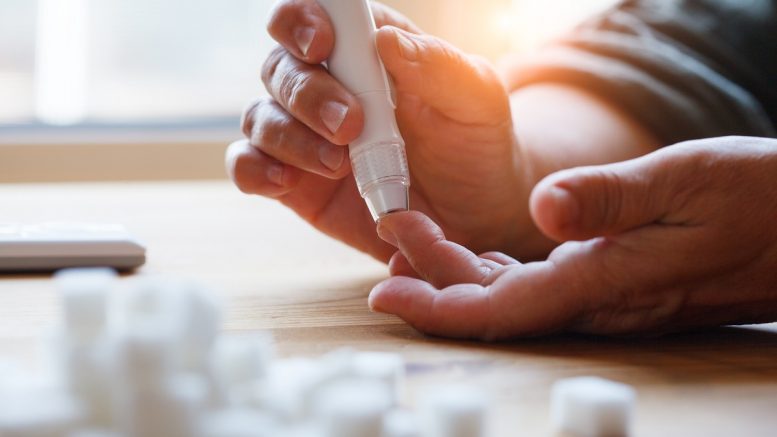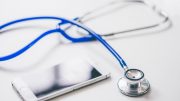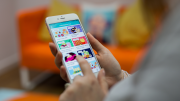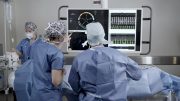Managing diabetes, regardless of the type—whether it’s type 1, type 2, or gestational, requires frequent and constant monitoring. This can easily take a toll on patients who are not prepared mentally and physically, especially when they only know little of what to anticipate in the process.
Fortunately, with the fast-paced developments in healthcare technology in recent years, living with diabetes is now more manageable for patients who are technologically literate enough to navigate smart devices and apps.
Healthcare Technology For Diabetes Management
Innovations in healthcare technology continue to revolutionise not only the delivery of services but also the ability of patients to access and manage their care plan from home. For diabetes patients, there are now non-invasive continuous glucose monitors (CGMs) that can be used from home without the need for painful and inconvenient finger pricks.
However, when it comes to this dreaded disease, prevention is a key factor that’s just as important as management, especially as the number of cases continues to rise each year. With better accessibility to healthcare services, identifying risk factors for early intervention and managing diabetes has become easier with homecare telehealth, which has helped to reduce patient visits to facilities. Just by using a smartphone, patients can schedule and attend consultations with their doctors, receive prescriptions and treatment plans, and even monitor their vital signs and progress.
Remote Patient Monitoring Technology: How It Works
Remote Patient Monitoring (RPM) technology, which is essentially a part homecare telehealth, is particularly instrumental in the successful prevention and self-management of diabetes. RPM for weight management, for example, helps ensure accurate weight measurement at home, which can be used in tracking a patient’s health status and developing lifestyle changes that may help prevent the onset of diabetes for high-risk patients.
RPM for pain management, on the other hand, can be helpful for patients with diabetic neuropathy and other painful symptoms that may be associated with more complicated diabetes. It can help reduce the need for hospital admissions as it is particularly helpful in keeping pain levels from escalating, as RPM facilitates continuous pain management.
This breakthrough in healthcare technology, ranging from handheld wireless devices to interactive online platforms via web or smartphone apps, makes it possible for patients to input all their medical data in one place where their doctors can monitor them in real-time. For diabetes patients, this helps to reduce clinic visits, as doctors can easily make adjustments to prescribed doses and treatment plans based on the changes in their clinical data.
While features and functions vary depending on the device, most RPM devices use sensors according to set physiological parameters, with the collected information stored in an online database. Data can either be sent to or accessed by healthcare professionals, then alerts may be sent to patients when an issue is identified. Artificial Intelligence may also be used to provide patients with feedback based on their current data, which can be displayed on the user interface, where an overview of the user’s medical data can be seen as well.
How RPM Technology May Improve Diabetes Management At Home
Self-management is an invaluable part of diabetes care. With the assistance of healthcare professionals and by taking advantage of RPM technology, diabetes patients can take steps at home to avoid complications such as bladder and skin infections, have more energy, and enjoy a better quality of life without too many restrictions.
Here are the many ways RPM technology can benefit diabetes patients:
- Monitor changes in weight
- Record vital signs such as blood pressure and heart rate
- Provide doctors with updated patient data in between visits
- Surveillance monitoring for patient location, which can be useful in emergencies
- Track diet and caloric intake
- Improve patient involvement in self-care
- Better healthcare access with more service options
- Faster response from healthcare professionals
- Patients learn more from constant feedback
- Confidence among patients as the constant monitoring provides better assurance
The real-time data remote monitoring devices provide helps both patients and doctors identify potential issues at the earliest stage when they are easier to treat. For diabetes patients, this can be a lifesaving breakthrough that can help avoid complications that often arise from late detection.
The Future Of Diabetes Care And Management
As technology continues to shape the future of diabetes care, there’s more hope for prevention and treatment for all types of diabetes, even for complicated cases. Patients who are at risk for diabetes or are living with it can now be more proactive with their healthcare to improve outcomes and even save costs on hospitalisation and clinic visits. With RPM technology, healthcare services can be better not only for diabetes patients but for everyone who needs it most.





